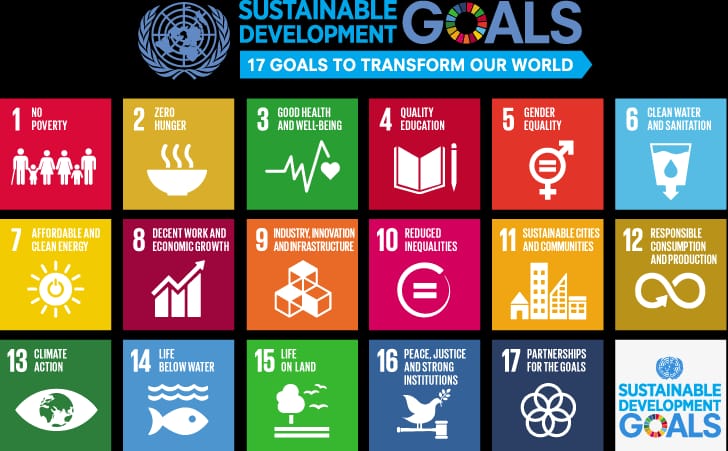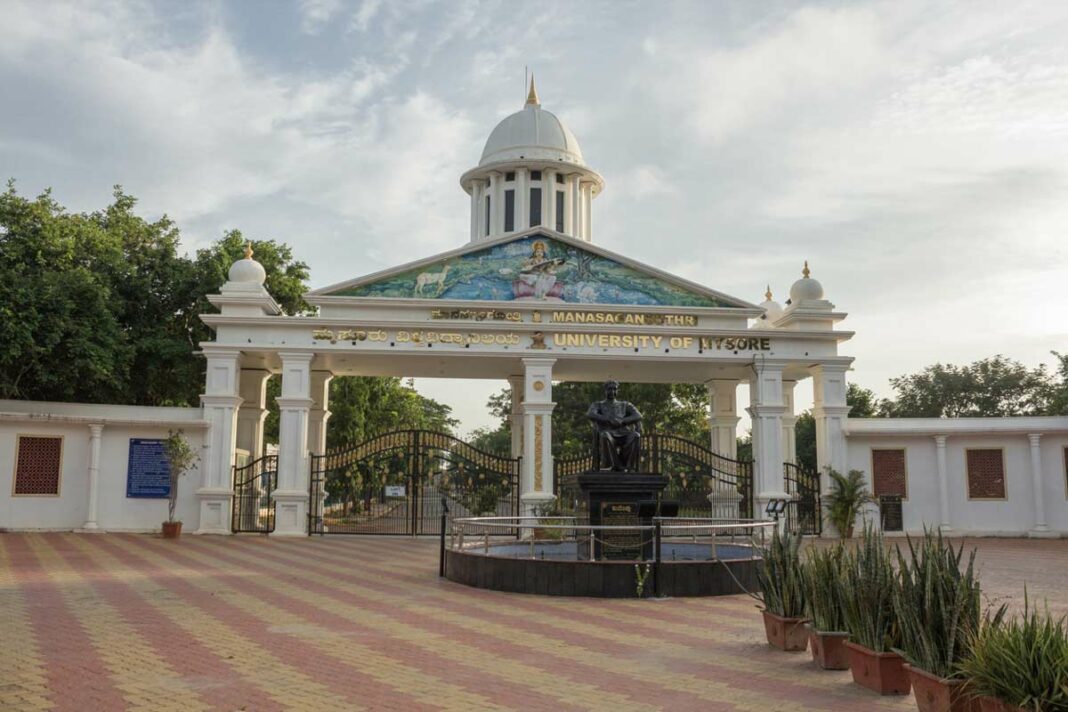Estimated reading time: 4 minutes
At the annual conference of the Vice Chancellors of Indian Universities organized by Association of Indian Universities, AIU at University of Mysore this year, I had the privilege to Chair the session on the Role of the Higher Education Institutions, HEIs in supporting the National goals and targets for the achievement of the Sustainable Development Goals, the SDGs. It was quite clear at the conference that our current educational framework has a little on no emphasis on sustainability, least it serves the purpose of supporting the national goals and global aspirations for achieving the targets of 17 SDGs that have been finalized as a mandate for Agenda 2030 at the United Nations General Assembly in 2015.
It was also opined by the VCs that while Quality, Productivity and Industry Readiness have been given a major focus for academic curriculum, sustainability is still not a buzz word in University Campuses in India, though there have been intense intellectual dialogues on environmental degradation, air and water pollution and climate change. It was also realized that the universities the world over have become conscious long ago of their contribution to creation of a green and sustainable future for the mankind. We in Indian Universities have also to thus pay a much greater attention to education and research relating to sustainability and policies and programs on implementation of green practices.

The Mysore Declaration adopted at the AIU VCs conference included a pledge by each Indian University to ‘lead by example’ in respect of implementation of Green Practices in their Campuses, Smart Technologies to optimally leverage the benefits of green energy production, energy conservation, rain water harvesting, waste water treatment and waste management technologies.
The VCs Conference also resolved that each university shall commit to the realization of the SDGs and shall align the university education, research and innovations towards achieving the goals and targets set out for each of the 17 SDGs. The Mysore declaration further added that the universities shall lead by example and implement policies and programs to develop the university campuses as fully sustainable and energy and water secured. It was also pledged that the research and innovations in the Universities shall be targeted towards strengthening the Government of India’s resolve for Atmanirbhar Bharat, accelerate the growth of Circular Economy and Net Zero Emission compliance by 2035.
It is this leading by example in respect of developing and implementing green technologies and green practices that shall inspire the younger generation towards creating a ‘Sustainable and Green Future’ for themselves and for the coming generations. Mere teaching of courses and lectures on sustainability shall not do much. The youth of today want to self learn and thus what they see inspires them most than what we preach.
In Amity University Haryana, the campus planning by its design is design for sustainability. Green building architecture, green practices in construction, extensive rain water harvesting, treatment of entire waste water including sewage water treatment and recycle and reuse of treated waste water for flushing the toilets in the campus buildings including residences and hostels and for maintain extensive greenery in its 110 acres campus inspire the student community towards creating a green and sustainable future.
Likewise use of energy efficient lightings, solar power installation to take care of the lighting load of the campus and effective waste management further strengthen the resolve of AUH to active energy sustainability.
The research and innovations at AUH are also aimed at contributing to sustainability practices. The most recent example is the application of Nano Science and Technology for design and installation of a Waste Water Treatment plant for the nearby village Bilaspur pond that has been undertaken by Amity scientists under sponsorship of Jal Shakti mission of the Govt of Haryana. The training program ‘Suryamitra’ undertaken by AUH solar scientists has also greatly contributed to raising of trained man power for solar energy installations.
It is heartening to inform that in the recently released Times Higher Education THE Inpact Rankings, Amity University Gurugram has been ranked among the top 50 in the world( in fact at number 32) in respect to SDG 7 that relates to Affordable Clean Energy and amongst the top 100 ( infact at 63) in respect of SDG 6 that relates to Clean Water and Sanitation.
It is this leading by example, that is the way to earn Indian Universities their pride position amongst the top 100 in the world rankings. Sustainable development Goals offer an unique opportunity for Indian Universities to emerge out as world leaders in the higher education and research in the domain of sustainability that shall also build and assure a green and sustainable future for the world community and make Mother India proud of its Universities in India.



















